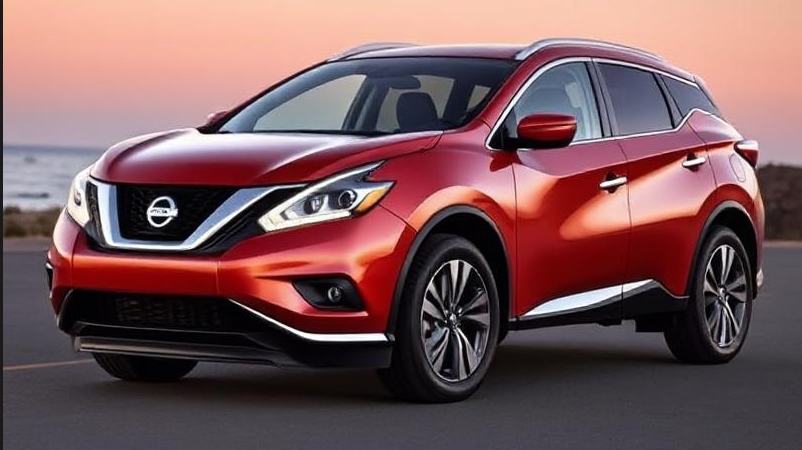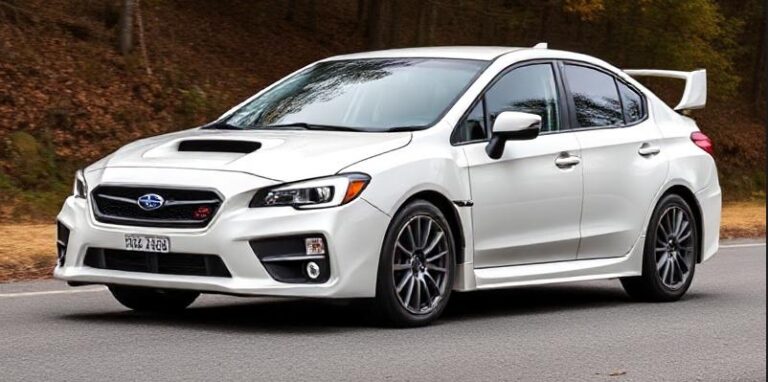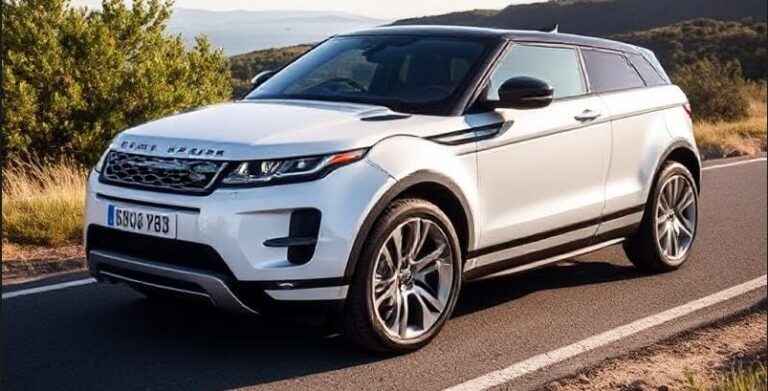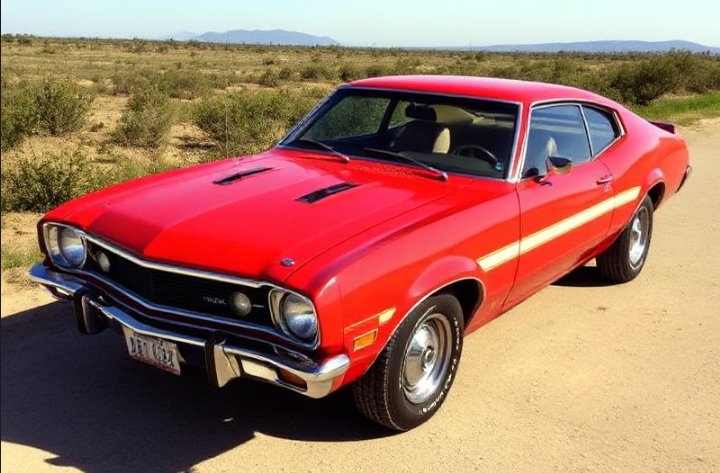The Evolution of the Nissan Murano: A Comprehensive Journey Through Its Generations
The Nissan Murano has been a stalwart in the midsize SUV segment since its debut in 2002. Known for its distinctive design, advanced technology, and comfortable interior, the Murano has evolved through various generations, adapting to changing consumer preferences and market conditions. This article explores the complete evolution of the Nissan Murano, dissecting its models and trim levels throughout the years.
First Generation (2003-2007)
Introduction and Design
The Nissan Murano was introduced to the North American market in 2002, with the 2003 model year being its first. Designed by Nissan’s design studio in California, the Murano stood out due to its unique, flowing lines and a distinctive, curvy rear design. Built on the Nissan FF-L platform, it offered spacious interior dimensions and a suitable cargo space.
Engine and Performance
The early Murano models were powered by a robust 3.5-liter V6 engine, producing 245 horsepower. It featured a continuously variable transmission (CVT), which contributed to a smooth driving experience and improved fuel efficiency.
Trim Levels
For its inaugural model year, the Murano was offered in three trim levels:
- S – Base model with essential features.
- SL – Mid-level with upgraded interior materials and additional comfort features.
- SE – Sport Edition bringing in performance-oriented features and a more aggressive styling.
Key Features
Standard features included automatic climate control, power windows, and a decent sound system. Higher trims added leather upholstery, a premium audio system, and more. The first-generation Murano quickly became popular, leading to its production until 2007.
Second Generation (2009-2014)
Revamping the Design
The second generation of the Murano was launched in 2008, with the 2009 model year featuring a more aggressive and modern design. It utilized the same FF-L platform but was stretched to provide improved interior space.
Performance Improvements
The 3.5-liter V6 engine remained but was refined, boosting horsepower to 265. The CVT continued to be a significant feature, ensuring a seamless driving experience.
Trim Levels
The 2009 model came with better-equipped trim levels:
- S – The base version with improvements in standard features.
- SV – Added amenities including upgraded audio systems and seats.
- SL – Offered leather seating and more luxury touches.
- LE – The luxury edition, loaded with high-end features such as premium sound systems and advanced infotainment technologies.
Innovations
During this generation, Nissan introduced technologies like the Around View Monitor, enhancing parking and safety mechanisms. The Murano was also praised for its comfortable ride and supportive front seats.
.

.
Third Generation (2015-2021)
A Bold Reimagining
Unveiled in 2014 for the 2015 model year, the third-generation Murano showcased a bold, futuristic design that attracted much attention. It featured Nissan’s V-Motion grille and boomerang-shaped headlights, making it a standout on the road.
Engine and Technology
Power was delivered from the familiar 3.5-liter V6, this time churning out 260 horsepower. The combination of CVT and an available all-wheel-drive option continued to make it appealing for a range of driving conditions.
Trim Levels
In this iteration, the Murano was available in several trims:
- S – The entry-level model with a wealth of standard features.
- SV – Added comfort and convenience items.
- SL – Tackle luxury with leather seating and advanced features.
- Platinum – The top trim, outfitted with premium materials and cutting-edge technology, including a panoramic sunroof and adaptive cruise control.
Safety and Features
This generation put a strong emphasis on safety, with advanced driver-assistance systems like forward collision warning, automatic emergency braking, and blind-spot monitoring becoming standard or available. The interior comfort and infotainment system were updated regularly, addressing consumer demands for connectivity.
Fourth Generation (2022-Present)
Modernization and Refinement
Launched in 2021, the fourth generation of the Murano continues its legacy by focusing on modernization, with a sleek yet sophisticated look, boasting a well-crafted cabin filled with advanced technology.
Engine Performance
The engine has remained consistent with a 3.5-liter V6 engine, providing a powerful 260 horsepower, paired with improved handling and performance via an advanced CVT. The Murano continues to offer available all-wheel drive, ensuring it can handle any condition.
Trim Levels
As for trims, the fourth generation has refined its offerings:
- S – Standard features laid a solid foundation for comfort and technology.
- SV – Enhanced features and larger wheels among many others.
- SL – Upgraded materials throughout the interior.
- Platinum – Remains the flagship trim, filled with luxury amenities and the latest tech integration.
Technological Advances
The latest iterations have been fitted with Nissan’s ProPILOT Assist—a semi-autonomous driving system that enhances safety during highway driving and increases convenience.
Market Evolution and Future Outlook
The Murano has continuously adapted to the competitive landscape of the crossover SUV market. As consumer preferences shift towards electrification and sustainability, Nissan has hinted at future innovations, including hybrid and electric versions of the Murano.
Conclusion
The Nissan Murano has successfully evolved from its initial release in 2002 to a contemporary, technologically advanced SUV. Maintaining the familiar 3.5-liter V6 under the hood while introducing modern designs and safety features has kept the Murano relevant in a rapidly changing market. Whether appreciated for its unique styling or substantial comfort, the Murano continues to impress customers looking for a versatile midsize crossover. As it moves into its next generation, Nissan will undoubtedly lean into innovation, keeping the Murano at the forefront of the segment.







